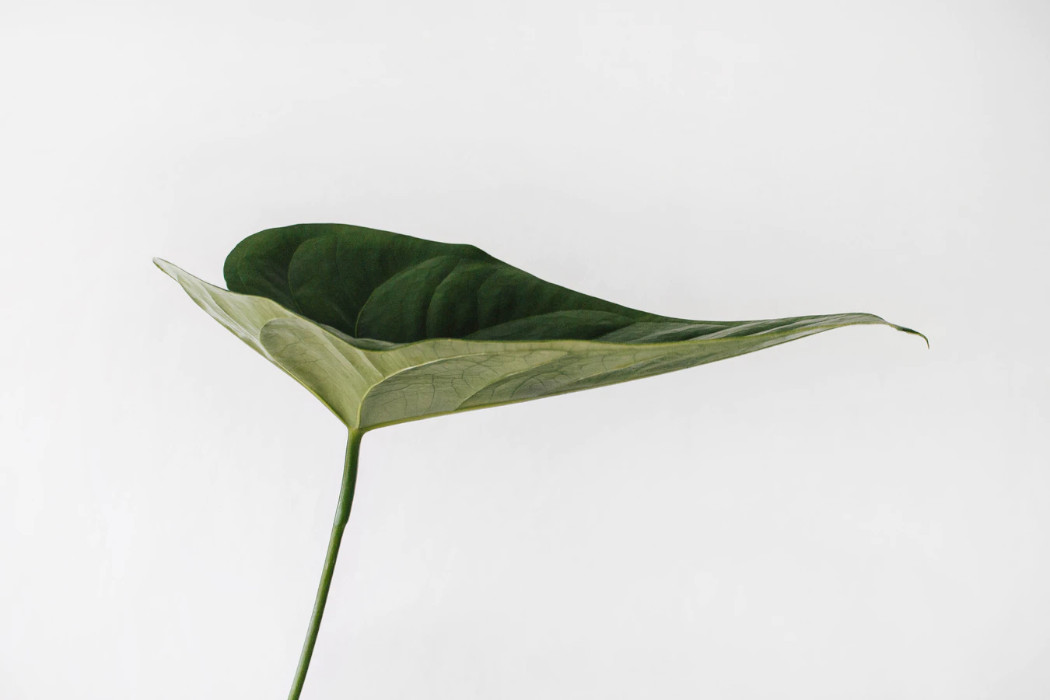Pied Beauty is one of the most anthologized poems of G.M Hopkins not only because of the palpable strain of Hopkins’ exquisite religious fervor that vitalizes the poem but also because of Hopkins’ visible efforts in this piece to usher modernity in. What we see in this poem is a dismantling of the usual norms of poetic writing in favor of a style, rhythm and diction that is at once modern and innovative. This fusion of modernity and religious fervor is what makes this poem a modern hymn.
All the modern elements that Hopkins has introduced in Pied Beauty are a by-product of his theory of inscape – the particularized beauty of an object or its essence. Hopkins was of the opinion that poetry of his times was for a major part divorced from the actuality of experience. What Hopkins attempted in his poetry was a translation of experienced reality. He wanted the inscape of his poem (total sound pattern of the spoken poem as received by thee hearing ear) to be in sync with the inscape of the objects he described in it. In Pied Beauty we see that he is not merely content with telling us about the various “dappled things” that speak of God’s glory. He has strived to dramatize and give a voice to the individual life of all the objects and the kinetic energy that runs through them such that this piece of poetry becomes an “experience of reality” through words.
Hopkins has achieved the inscape through sound-sculpting with devices such as alliteration, assonance – “With swift, slow; sweet, sour; adazzle dim” and through his sprung paeonic rhythm. This Sprung Paeonic rhythm has been Hopkins’ special contribution to Modern Poetry. This rhythm approximated the natural rhythm of speech through rolling stresses, without sacrificing poetic rhythmicity; making it a fusion of what Hopkins called “markedness of rhythm and naturalness of expression”. In this rhythm the focus is on accents or stresses without much care about the number of syllables. A foot may have one strong syllable which could be accompanied by many light ones. For example, in the line – “For rose-moles all in stipple upon trout that swim”, there is stress falling only on ‘rose’, ‘all’ and ‘trout’ such that it cannot be scanned conventionally.
Hopkins’ language in Pied Beauty is very modern. The familiar speech has been transformed. In order to give us the inscape of the things described he has coined compound words of his own – “couple-color”, “rose-moles” , “fathers forth” and used words in their unusual meanings – “fresh-firecoal chestnut falls”. Hopkins was not in favor of using similes since according to him it took away the essence of individuality of the two things being compared. Hence, in his comparison of something as cosmic and infinite as the skies to something as trivial as a cow, we see a wonderful metaphysical conceit of the stature of the kind used by Donne, which as we know became an important feature in Modernist poetry.
The modernity of Hopkins’ aesthetic vision comes forth when we see the way in which he brought rose out of its expected framework of reference and cognition and made it a floating signifier by etching its presence on the upon a swimming trout. The concrete and vivid imagery undergoes an organic assimilation with the poem. Instead of being an ornament of the poem or an illustration, the images become the poem and carry with them the force of ideas that Hopkins has tried to convey in this piece, making the imagery yet another modern element of this piece.
Hopkins’ another innovation in Pied Beauty has been the usage of a “curtal sonnet” – his modification of the Italian sonnet. Instead of having fourteen lines, the sonnet ends in ten and a half. The use of a new diction and meter within an innovative sonnet structure gives Pied Beauty a sort of energy and virility unmatched in most modern as well as religious poems.
All said and done, Hopkins real modernity lies in the way he has fused the binaries of religious fervor and poetic excitement into a single entity. His sensual reveling in the myriad pleasures of nature and the world has deeply theological roots. These pleasure only intoxicate his soul because they have all been fathered forth by God whose “beauty is past change”. The aesthetic and ascetic meet on a common plane as Hopkins rejoices in the beauteous bounty that abounds him because in it he sees the reflection of God’s aesthetic greatness and creative fecundity.
Some online learning platforms provide certifications, while others are designed to simply grow your skills in your personal and professional life. Including Masterclass and Coursera, here are our recommendations for the best online learning platforms you can sign up for today.
The 7 Best Online Learning Platforms of 2022
- Best Overall: Coursera
- Best for Niche Topics: Udemy
- Best for Creative Fields: Skillshare
- Best for Celebrity Lessons: MasterClass
- Best for STEM: EdX
- Best for Career Building: Udacity
- Best for Data Learning: Pluralsight
















